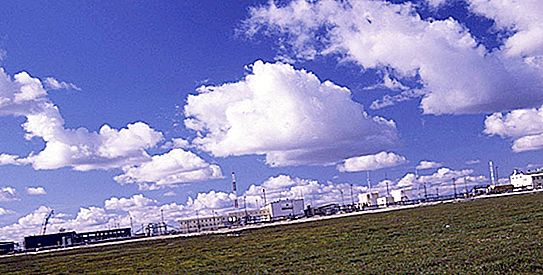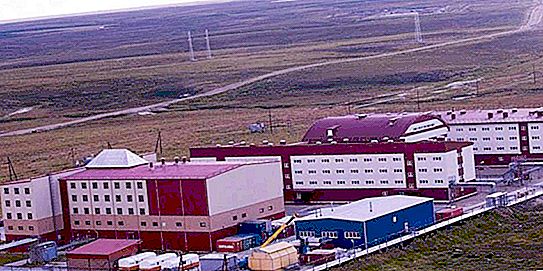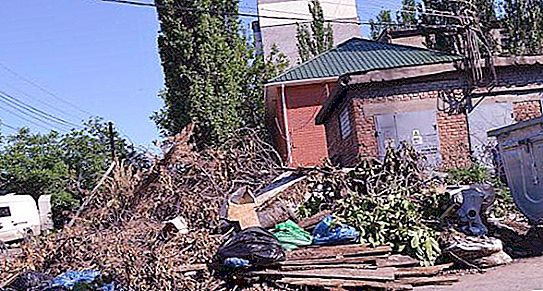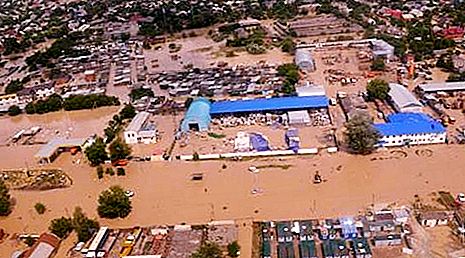The Yurkharovskoye oil and gas condensate field is a large hydrocarbon field located in the Arctic zone of the Russian Federation off the coast of the Kara Sea. The Arctic zone is attractive because it has explored large reserves of oil and gas, which are still almost untouched by production. Given the depletion of traditional onshore oil reserves, the development of hard-to-reach new fields is one of the priorities in planning the future economy of the Russian Federation. The development of the Yurkharovskoye gas and oil field is carried out by the Russian independent company NOVATEK. Natural conditions correspond to the conditions of the Far North.
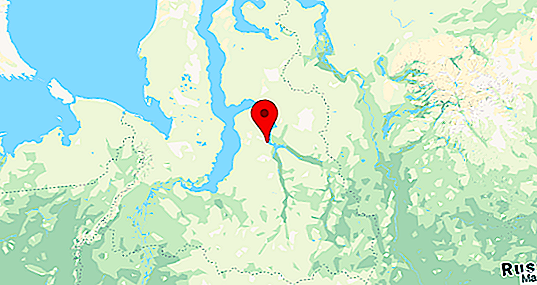
Where is the Yurkharovskoye field located?
The field is located in the north of Western Siberia, at a distance of 300 km north of the city of Novy Urengoy, beyond the Arctic Circle. Part of the reserves is located under land, and the other part - under the shallow bay of the Gulf of Ob of the Kara Sea, on the sea shelf. The depth there is only about 4 m. The land western part is located on the Taz Peninsula (western Yurkharovskoye field), and the eastern and central ones are under the sea. The offshore section is developed using horizontal wells stretched from land, and not from the sea.
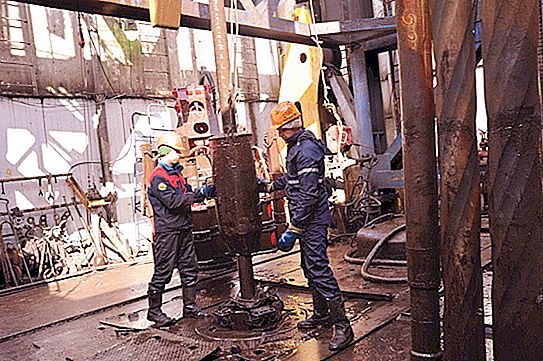
The total area of the Yurkharovskoye field is 260 square meters. km It belongs to the oil and gas condensate and is part of the Nadym-Pur oil and gas region.
How to get to the Yurkharovskoye field, only employees of the mining company and geologists know. This is a remote and inaccessible territory.
Hydrocarbon production is carried out by NOVATEK. The field was discovered back in 1970, but production began only in 2003. The reserves of liquid hydrocarbons are estimated at 8.1 million tons, which is not much. Natural gas deposits are more significant - 213.5 billion cubic meters. m
The accumulations of hydrocarbons here most often have a gas condensate form. Such deposits were identified 19. Another (according to other sources, two) is a net accumulation of gas and another 3 are oil and gas condensate deposits.
In 2013, over 2.7 million tons of condensate and more than 38 billion cubic meters were extracted from the field. m of natural gas.
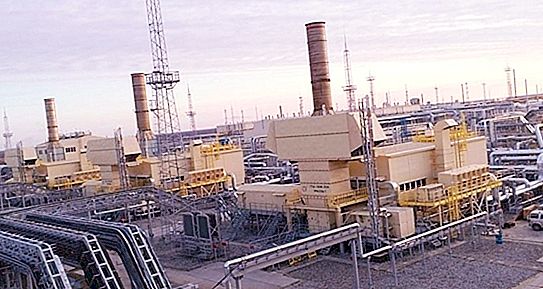
Natural conditions
The Yurkharovskoye deposit is located in the north of the West Siberian Plain, in the northern tundra zone. The Gulf of Ob, on which it is located, has an elongated shape and extends deep into the continent. In the northwest is the Yamal Peninsula, and in the northeast (at a considerable distance) - the Taimyr Peninsula. The climate is characterized by frosty and very cold long winters and short, moderately warm summers. During the winter, a large amount of snow accumulates. In summer, sharp increases or decreases in air temperature are possible due to the removal of heated air masses from the south or cold masses from the north. Therefore, the weather is quite unstable.
Features of the field and its production
Hydrocarbon deposits are located at depths of 1000 - 2950 meters. Typically compact placement of raw materials, which minimizes the cost of its production. In addition, the Urengoy-Yamburg gas pipeline passes nearby, which reduces transportation costs.
Numerous horizontal boreholes of large diameter were drilled to produce offshore reserves. Their length is quite large. The maximum is 8495 meters.
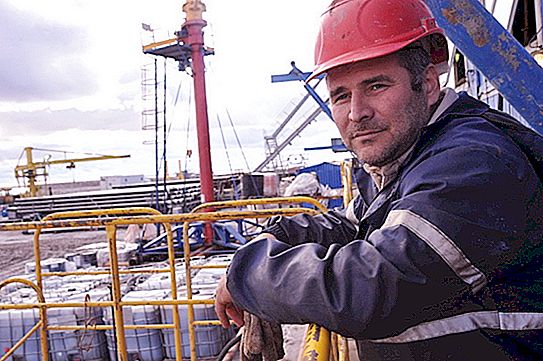
The development of production is facilitated by proximity to other, long-developed fields and pipelines. This allowed us to get more offshore gas here than in the United States and Norway, both individually and together.
Field geology
The deposit is located in a layer of sandstone with lenticular layers of limestone and clay. Belongs to the category of large. The main production is carried out in the Valanginian horizon, in the thickness of permeable sandstone.
Mining history
- 2002: completion of the gas pipeline for the transport of gas and condensate, which connected the field with the Gazprom pipeline network.
- 2003: start of operation of the gas preparation unit using the low-temperature separation method. The capacity of this installation is 5.4 billion cubic meters. m per year.
- 2004: increase in gas treatment equipment capacities to 9 billion m 3 per year due to the commissioning of another installation. The construction of another section of the gas pipeline connecting the field with the existing pipe (that is, something like crossing the Yurkharovsky field) has been completed.
- 2007: connection of a methanol production unit with a capacity of 12.5 thousand tons.
- 2008: introduction of the first launch complex, with a capacity of 7 billion cubic meters. m of natural gas and 60, 000 tons of condensate per year. Including, 9 horizontal type wells, a condensate preparation workshop (20 million m 3 per day), etc.
- 2009: modernization of separators to increase the efficiency of gas condensate production and commissioning of a second launch complex, similar to the first. This made it possible to increase the volume of production of raw materials to 2 million tons of condensate and 23 billion m 3 of natural gas.
- 2010: commissioning of the third start-up complex, as a result of which production increased to 3 million tons of condensate and 33 billion m 3 of natural gas per year. Also introduced: a condensate pipeline with a length of 326 km and a throughput of 3 million tons per year; condensate deethanization plant with a capacity of 3 million tons per year; methanol production unit with a capacity of 40, 000 tons per year.
- 2012: A compressor station with a total capacity of 75 MW began operating. Gas production increased to 36.5 billion m 3 per year. The first oil well in the field was also drilled.
- 2013: Another compressor station with a total capacity of 100 MW was introduced.
- 2014 - 1 more compressor station was introduced, and their total capacity was 300 MW.
- 2015 - the field’s energy supply improved due to the commissioning of a 2.5 MW natural gas-fired power plant.
- 2016 - 18 wells are operating at the field.
Field Production Dynamics
Gas production at the Yurkharovskoye field has been gradually decreasing in recent years. So, in 2013, 37.8 billion cubic meters were produced. m, in 2014 - 38.2, in 2015 - 36.0, in 2016 - 34.6, in 2017 - 30.5 billion m 3. The volume of production also includes that part of it that is spent on maintaining work at the field.
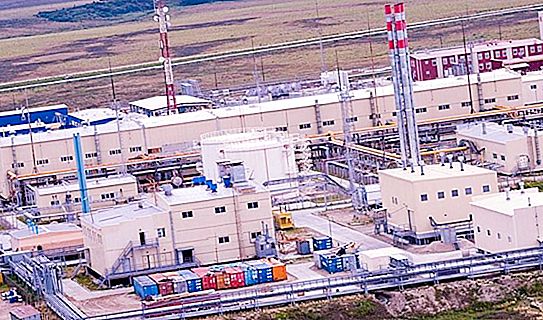
The production of liquid hydrocarbons decreases even more sharply. So, in 2013 2.71 million tons were produced, in 2014 - 2.5 million, in 2015 - 2.13, in 2016 - 1.81, and in 2017 - 1.49 million tons.
What is the NOVATEK company?
The company NOVATEK is a developer of Yurkharovsky and some other Siberian hydrocarbon deposits. The license for the development of this field is valid until 2034. It is the largest independent natural gas producer in Russia. Other deposits that it develops are located in the same region, but Yurkharovskoye is the largest of them. It is with this field that 61% of the gas produced by the company and 41% of liquid hydrocarbons are associated.

The number of employees of the company is over 4 thousand people. Half of them are involved in exploration and production.
Environmental programs
The development of deposits in the Far North requires special care. Ecosystems in the harsh climate of the northern latitudes recover very slowly, and spilled oil is almost not decomposed. In addition, it will be extremely difficult to get to an emergency, and even more so to deploy full-scale restoration work there. Therefore, companies operating in high latitudes are developing programs to minimize environmental damage from the extraction of raw materials.
In 2014, NOVATEK allocated 237 million rubles for these purposes. Low-waste and non-waste technologies are being introduced, including drilling fluids, which are also suitable for reuse. For the production of electricity, wind and solar sources are used, which are environmentally optimal.

